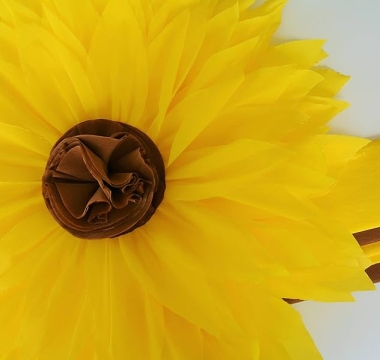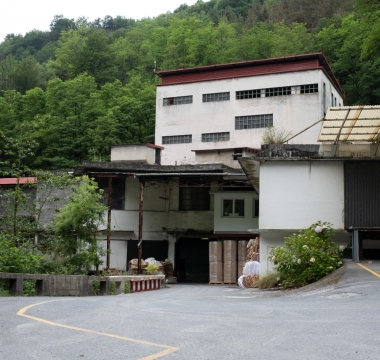What Is a Spine Board and What Is Its Role in Book Binding?
The cardboard spine is a narrow strip of rigid, compact board placed between the cover boards during the case-making process. Its main function is to provide structural reinforcement to the spine of the book case, particularly in case binding (hardcover book binding). It ensures that the finished book maintains a clean, straight spine while allowing proper opening and alignment with the book block.
This material—often referred to as spine board in technical contexts—must withstand the mechanical stresses of handling and binding without bending or deforming. It is particularly important for books that will be frequently used or that require a sophisticated, professional appearance.
The Role of the Spine Board in Hardcover Book Binding
In hardcover book binding, also known as case binding, the spine board is inserted between the front and back cover boards to form the book case. Its rigidity helps preserve the shape of the case spine, giving the book a well-defined profile and long-lasting durability.
When combined with high-quality cover materials and precise finishing techniques, the spine board ensures a perfectly aligned case, enhancing both the visual impact and structural performance of the book.
When combined with high-quality cover materials and precise finishing techniques, the cardboard spine ensures a perfectly aligned case, enhancing both the visual impact and structural performance of the book.
Benefits of Using a Spine Board in Premium Book Binding
1. Spine Stability and Durability
The spine board reinforces the central axis of the cover, helping maintain its shape over time—even with intensive use. This structural integrity is crucial for long-lived editions like manuals, institutional reports, and academic publications.
2. Precision and Aesthetic Finish
Thanks to its dimensional accuracy and stiffness, the spine bosard contributes to a clean, professional finish. It allows for tight alignment between the book block and case, which is essential in high-end book binding where precision is part of the product’s value.
3. Compatibility with Decorative Finishes
The surface and strength of the spine board make it suitable for special finishing techniques such as hot stamping, embossing, and direct printing. These features are often used in limited editions or custom-designed projects to enhance visual and tactile quality.
Common Applications of Spine board in Book Binding
Luxury and Collector Editions
Limited runs and collector´s books demand materials that combine technical performance with visual elegance. The spine board provides the necessary structure to achieve a straight, clean spine—a hallmark of high-end hardcover books.
Corporate and Institutional Publications
Annual reports, commemorative books, and branded editorial pieces often use hardcover book binding to reflect attention to detail and professionalism. The cardboard spine ensures that these publications look and feel premium.
Academic and Research Publications
Theses, scientific reports, and manuals that are frequently referenced require solid construction. The spine board ensures a robust, professional finish that enhances usability and longevity.
Why Work with a Specialized Supplier Like Arrosi?
Choosing the right spine board for your book binding needs requires not just access to quality materials, but also deep technical understanding. At Arrosi, we help you ensure optimal results by providing:
- Spine board materials in the appropriate thicknesses, densities, and formats.
- Technical guidance for selecting the best board for your specific binding style.
- Sustainable materials with full traceability, supporting environmentally responsible production.
Sustainability in Book Case Construction
A well-constructed hardcover book is not only durable—it’s also more sustainable. The spine board contributes to a longer product lifespan, which in turn reduces the need for reprints or replacements.
If you´re interested in how other types of paper are suited to sustainable industrial uses, you can check out our introduction to crepe paper, where we explain its properties and technical applications.
Eco-friendly materials without compromising performance
At Arrosi, we select spine boards that combine technical quality with environmental commitment. This makes it possible to produce hardback books with excellent finishes while adhering to environmental responsibility standards.
How to Select the Right Spine board for Your Project
1. Match Thickness to Book Block
The spine board must be the right thickness for the number of pages and the paper type used. If it´s too thick, the book may not open properly; too thin, and the spine may collapse over time.
2. Ensure Adhesion and Flatness
The board must work well with adhesives and case-making machinery. It should lie flat, not absorb excessive moisture, and withstand pressure during pressing and casing-in processes.
3. Test and Prototype
For premium or technical editorial projects, we recommend prototyping before production. This allows you to test how the spine board interacts with endpapers, the cover wrap, and the binding glue.
Conclusion
The spine board is a critical structural component in hardcover book binding, offering strength, precision, and compatibility with decorative finishes—all while supporting sustainable production. Choosing the right board ensures the book’s spine remains clean, straight, and functional for years.
At Arrosi, we help publishers and printers elevate their hardcover projects by supplying reliable spine board materials and expert advice. Whether you´re producing a limited edition or a high-volume corporate title, we’ll help you achieve top-tier book binding results.




